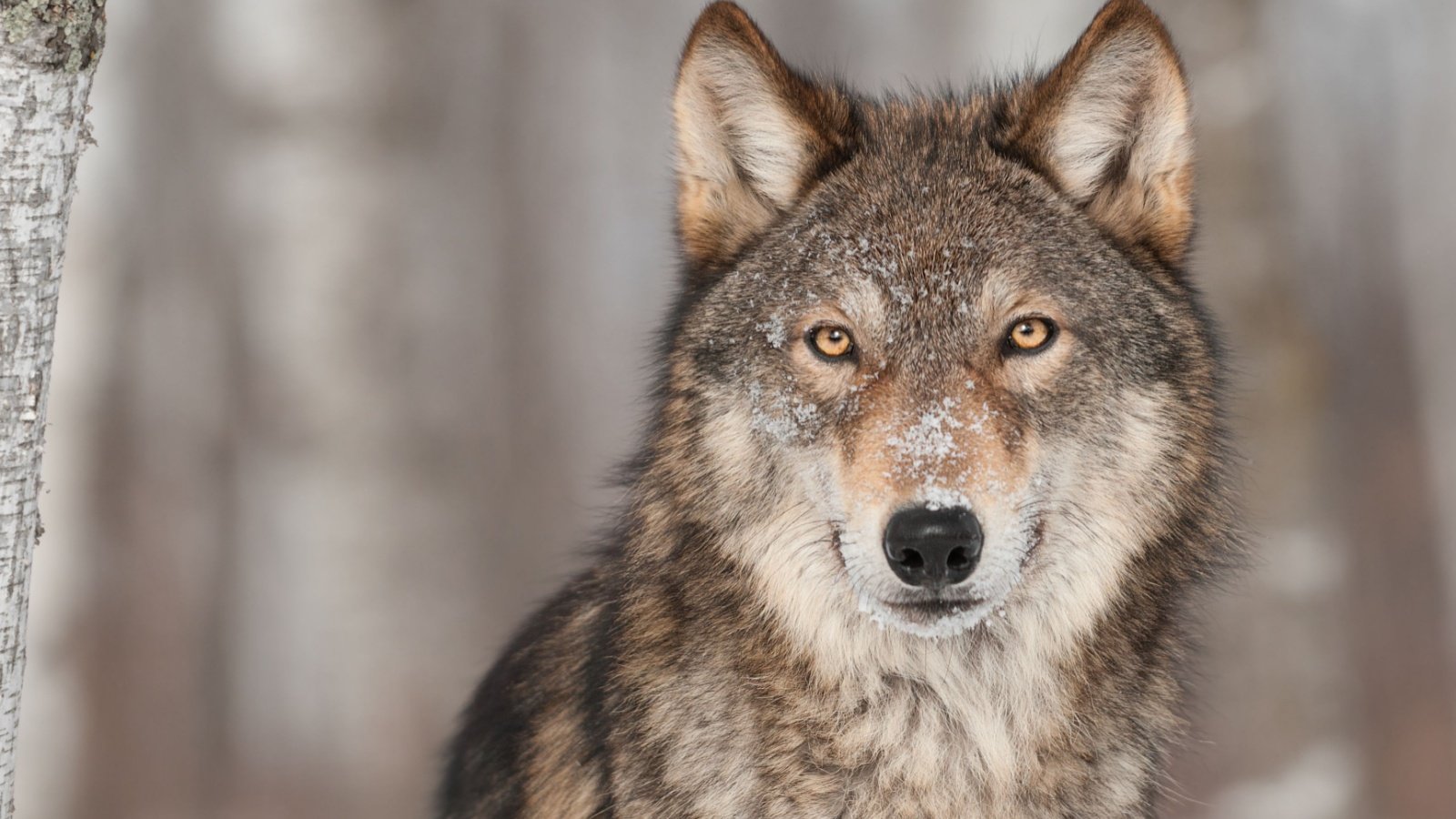Discover the dangers lurking in the wild heart of North America. From the mountain lion’s silent stalk to the lurking alligator’s deceptive calm, you are lucky if you live to tell the spine-tingling tale of close calls and narrow escapes from these creatures.
Grizzly Bear: The Forest Giant
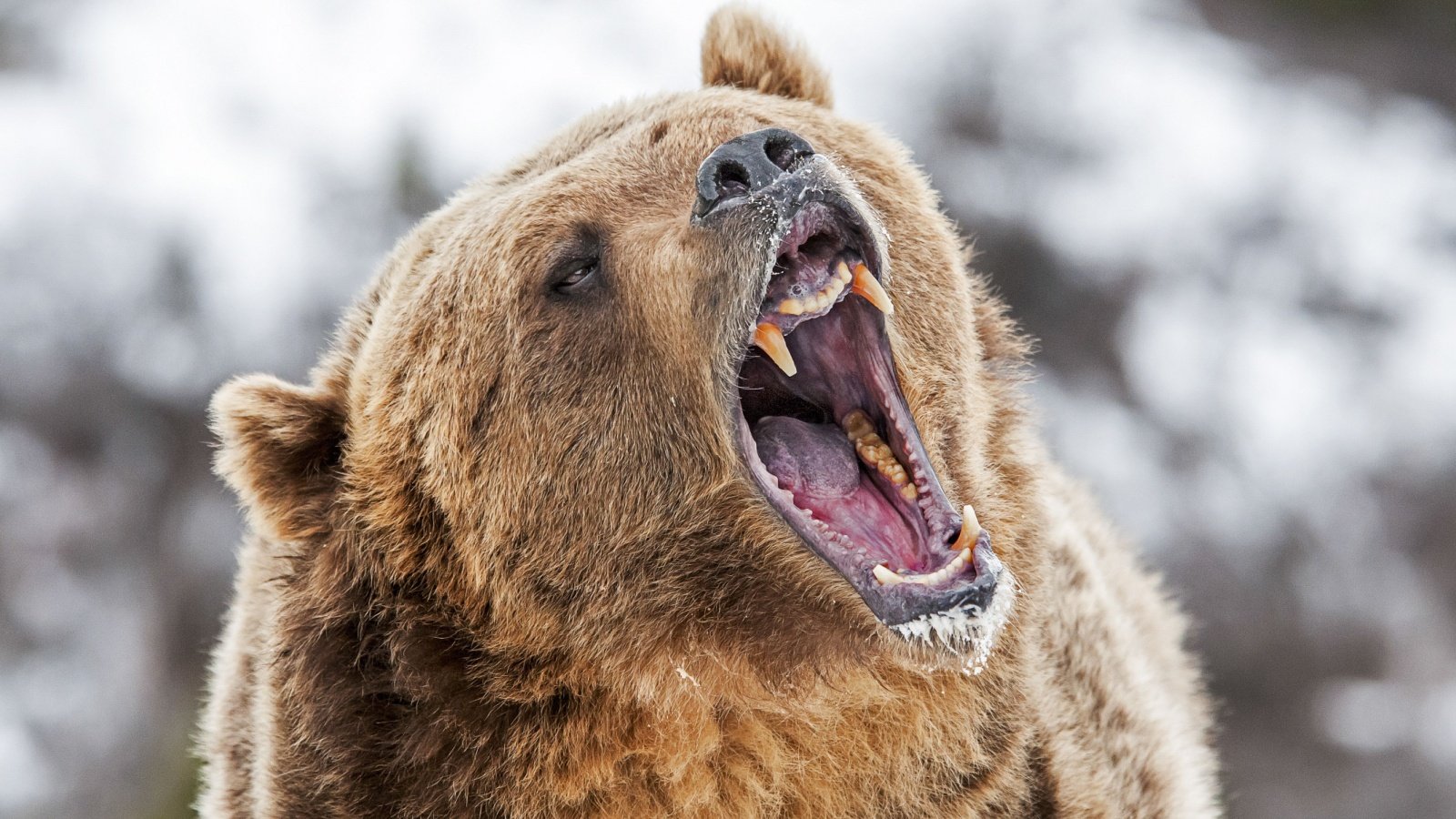
In the dense forests of North America, the grizzly bear commands respect from all who cross its path. Each year, these giants are responsible for several attacks on humans, often due to surprise encounters or protective mothers defending their cubs. Venturing into grizzly territory requires caution, respect, and a keen awareness of your surroundings.
Mountain Lion: The Silent Hunter
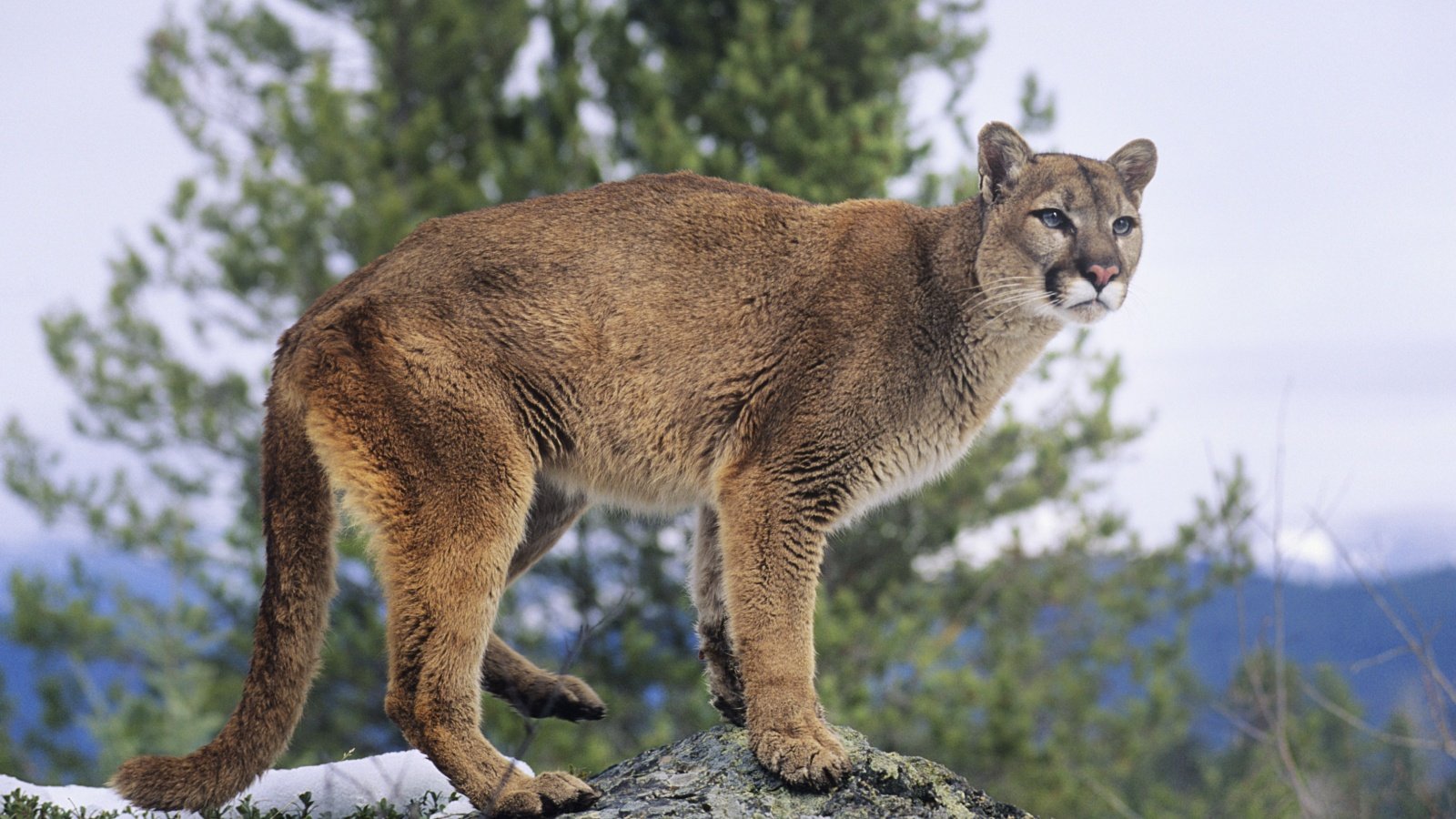
The mountain lion, or cougar, is capable of taking down animals many times its size. Human encounters with these elusive cats are rare but can be deadly, emphasizing the importance of vigilance in cougar habitats. The silence of a mountain lion is its most dangerous trait, striking unseen from the shadows.
Eastern Diamondback Rattlesnake: The Venomous Coil
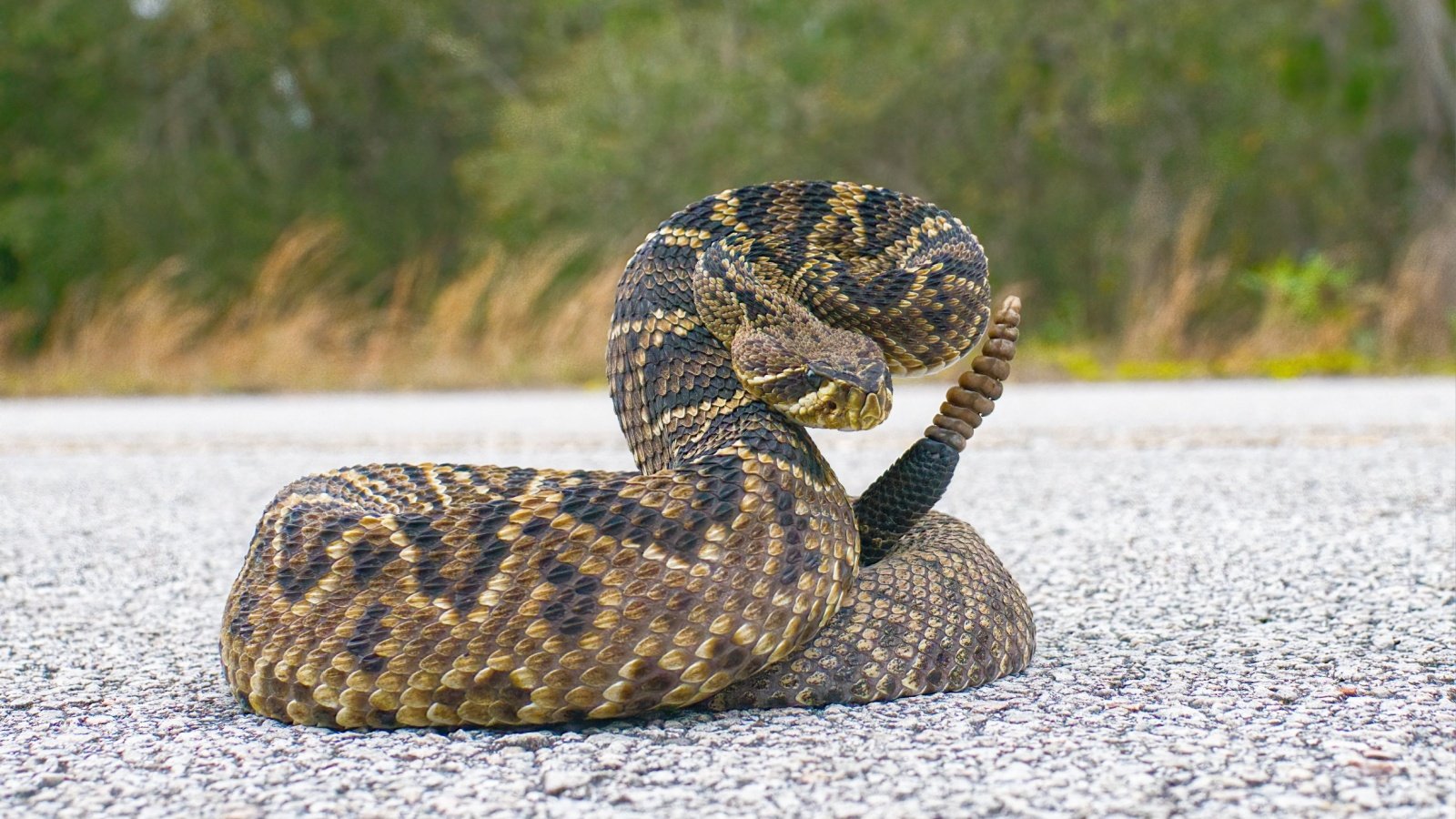
The eastern diamondback rattlesnake holds the title of the largest venomous snake in North America. With its distinctive rattle, it warns those who venture too close, signaling immediate danger. A single bite delivers a potent cocktail of toxins, leading to severe consequences if not treated promptly. Despite their fearsome reputation, these snakes strike only when threatened.
American Alligator: The Swamp Sentinel
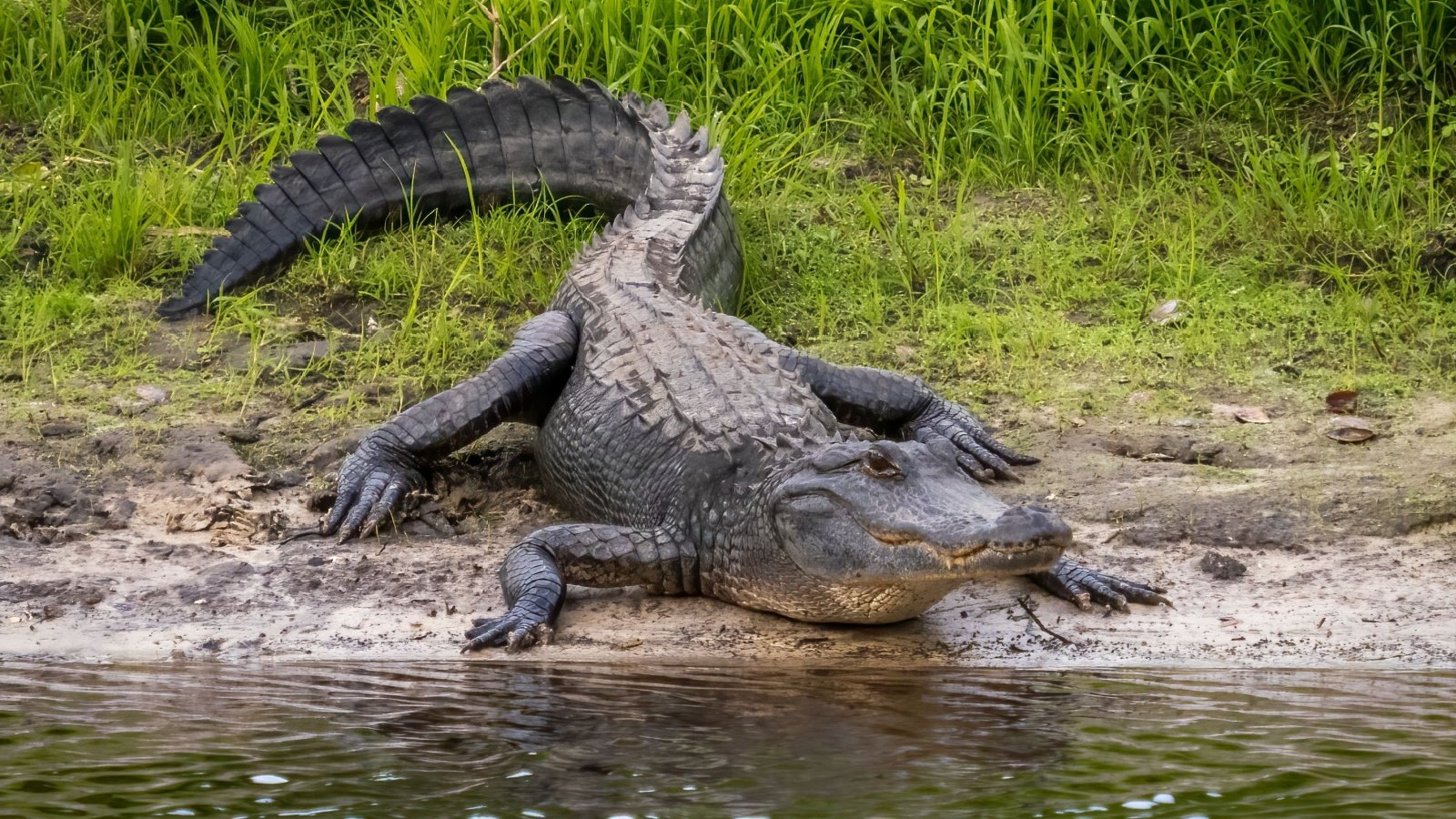
Lurking in the waters of the southeastern United States, the American alligator is an apex predator. While attacks on humans are uncommon, they can be fatal, particularly in areas where alligators lose their fear of humans. Respect for these ancient creatures and their habitats can prevent most confrontations.
Moose: The Unpredictable Giant
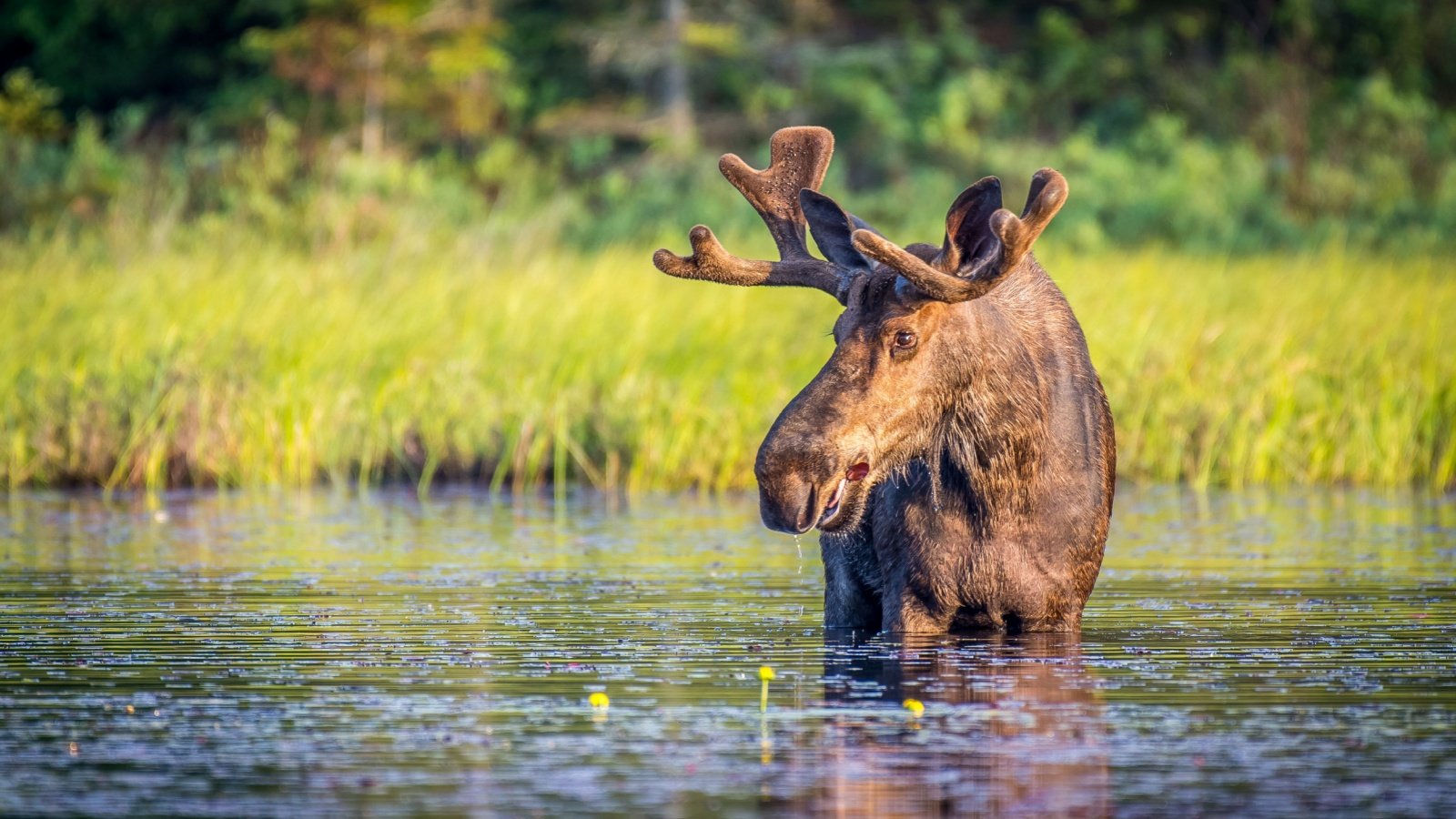
The moose, while not typically aggressive, ranks among North America’s most dangerous animals due to its sheer size and unpredictability. During mating season, bulls become exceptionally aggressive. Vehicle collisions with moose are a major concern in northern regions, often resulting in serious injuries or fatalities.
Black Widow Spider: The Lethal Weaver
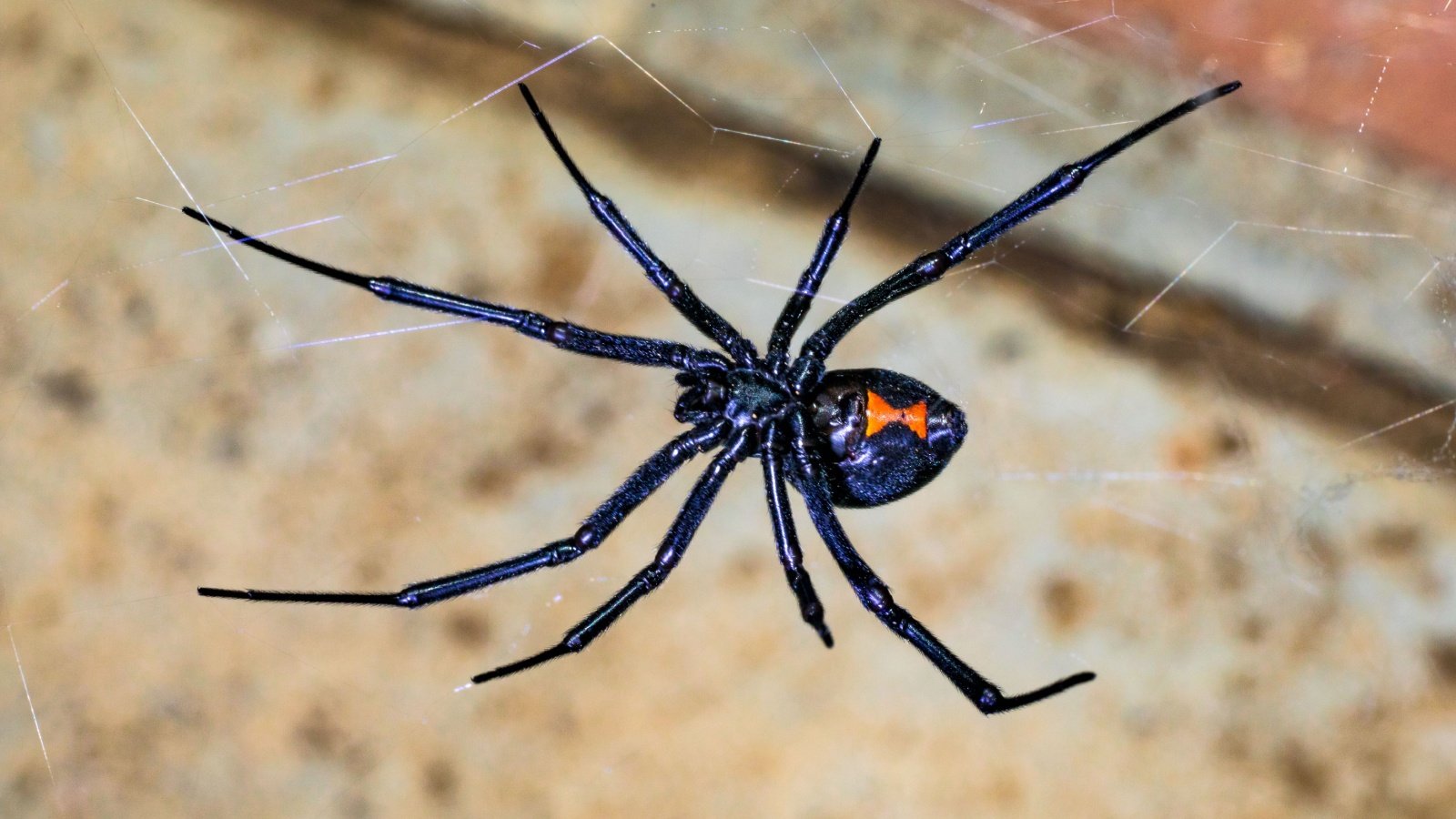
The black widow spider, identifiable by its glossy black body and red hourglass marking, is infamous for its potent venom. A bite from this small yet dangerous arachnid can cause severe pain and muscle cramps, requiring immediate medical attention. Fortunately, fatalities are rare, thanks to the availability of effective antivenoms.
Africanized Honey Bee: The Swarming Fury
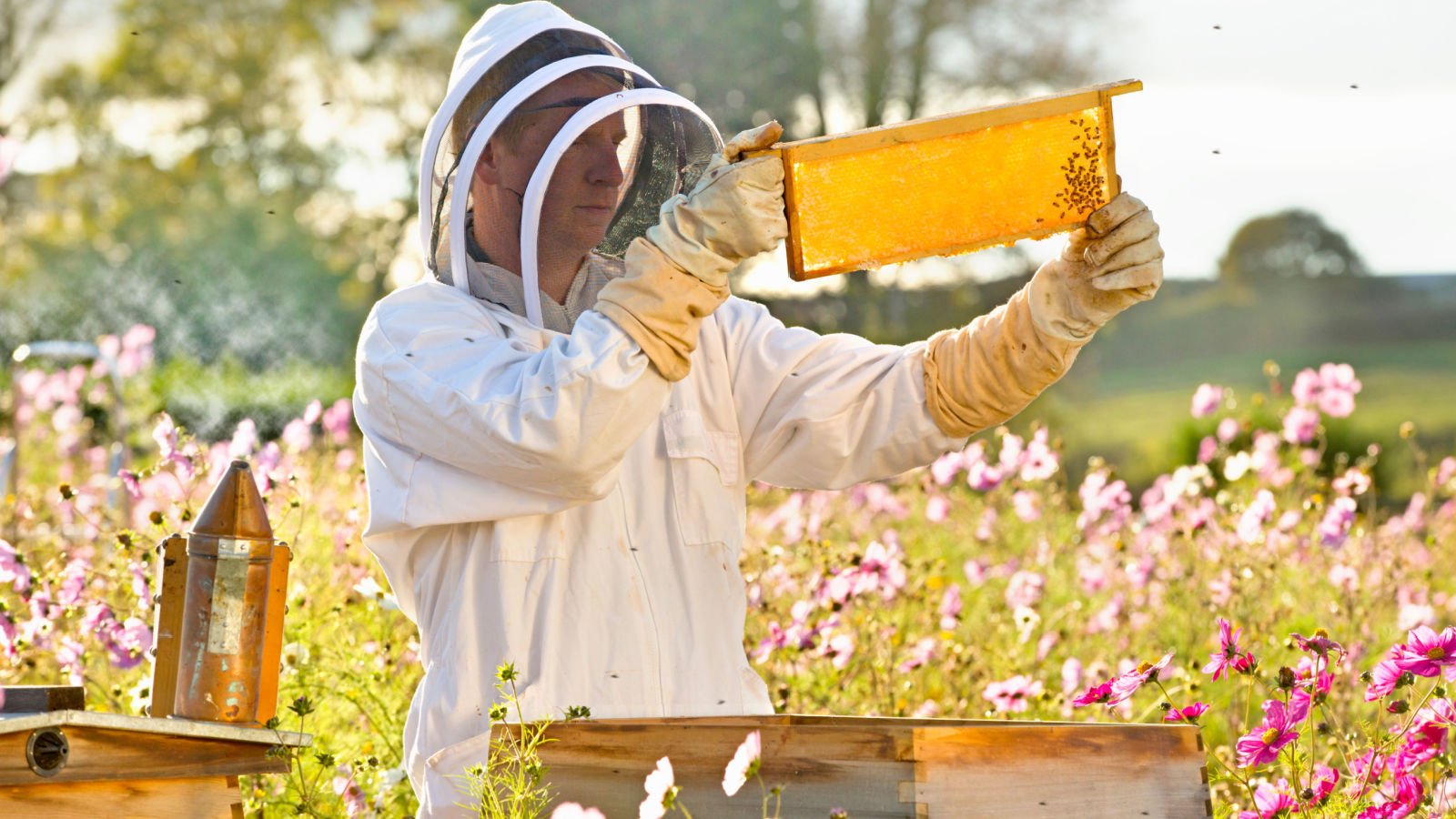
Known colloquially as “killer bees,” Africanized honeybees are more aggressive than their European counterparts. They swarm and attack perceived threats with little provocation, delivering multiple painful stings that can be deadly, especially to those allergic to bee venom. Their spread across the southern United States has increased encounters.
Bull Shark: The Coastal Terror
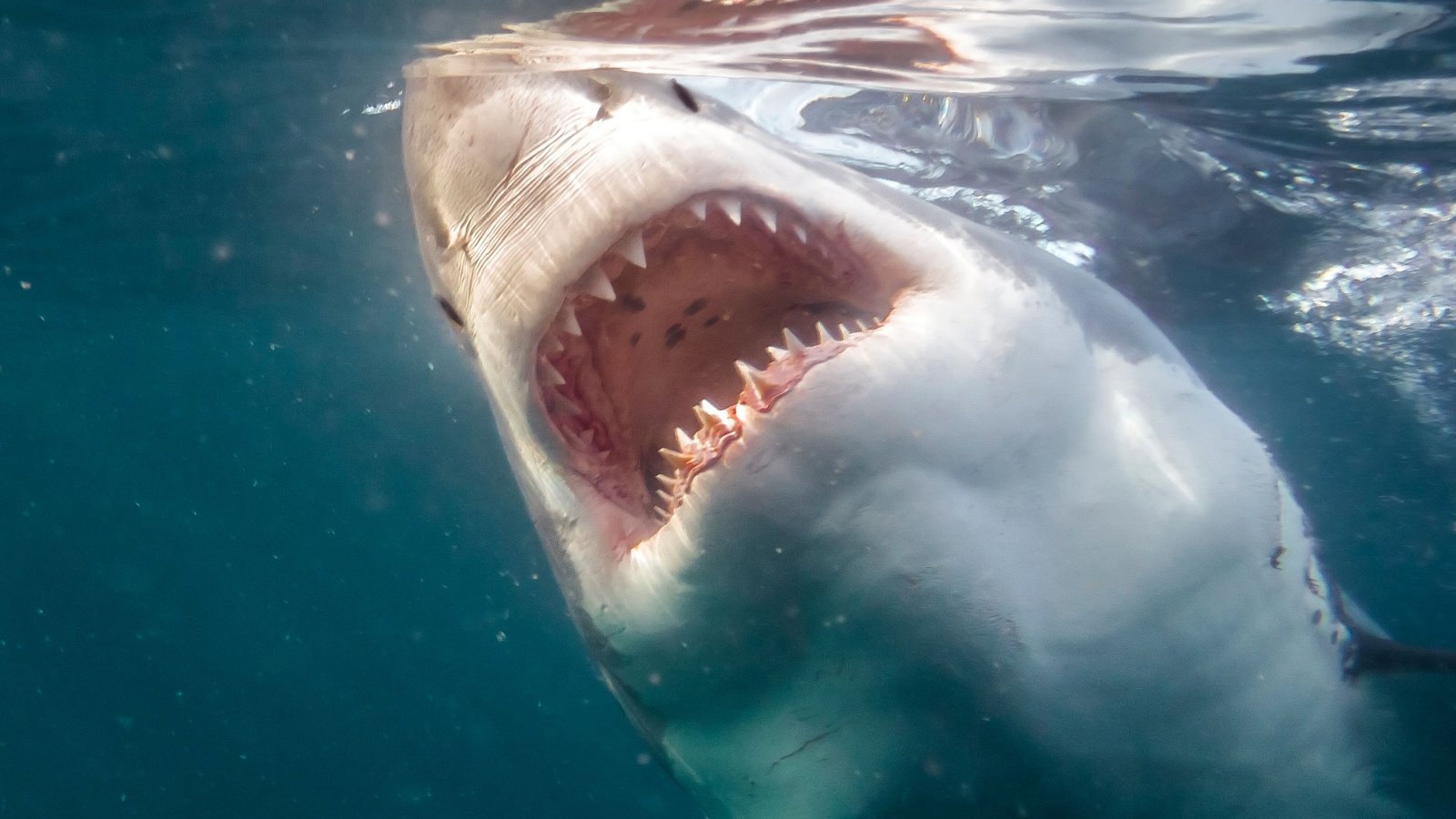
The bull shark, with its ability to thrive in both salt and fresh water, poses a unique threat to humans. Its aggressive nature and tendency to frequent shallow coastal waters increase the likelihood of encounters. While shark attacks are rare, the bull shark is responsible for a disproportionate number of incidents.
Grey Wolf: The Pack Predator

The grey wolf roams the forests and plains of North America in tight-knit packs. While human encounters are exceedingly rare, the wolf’s hunting prowess and pack mentality can pose a threat under certain conditions. Conservation efforts have allowed their numbers to rebound, leading to increased interactions with humans.
Coyote: The Adaptable Opportunist
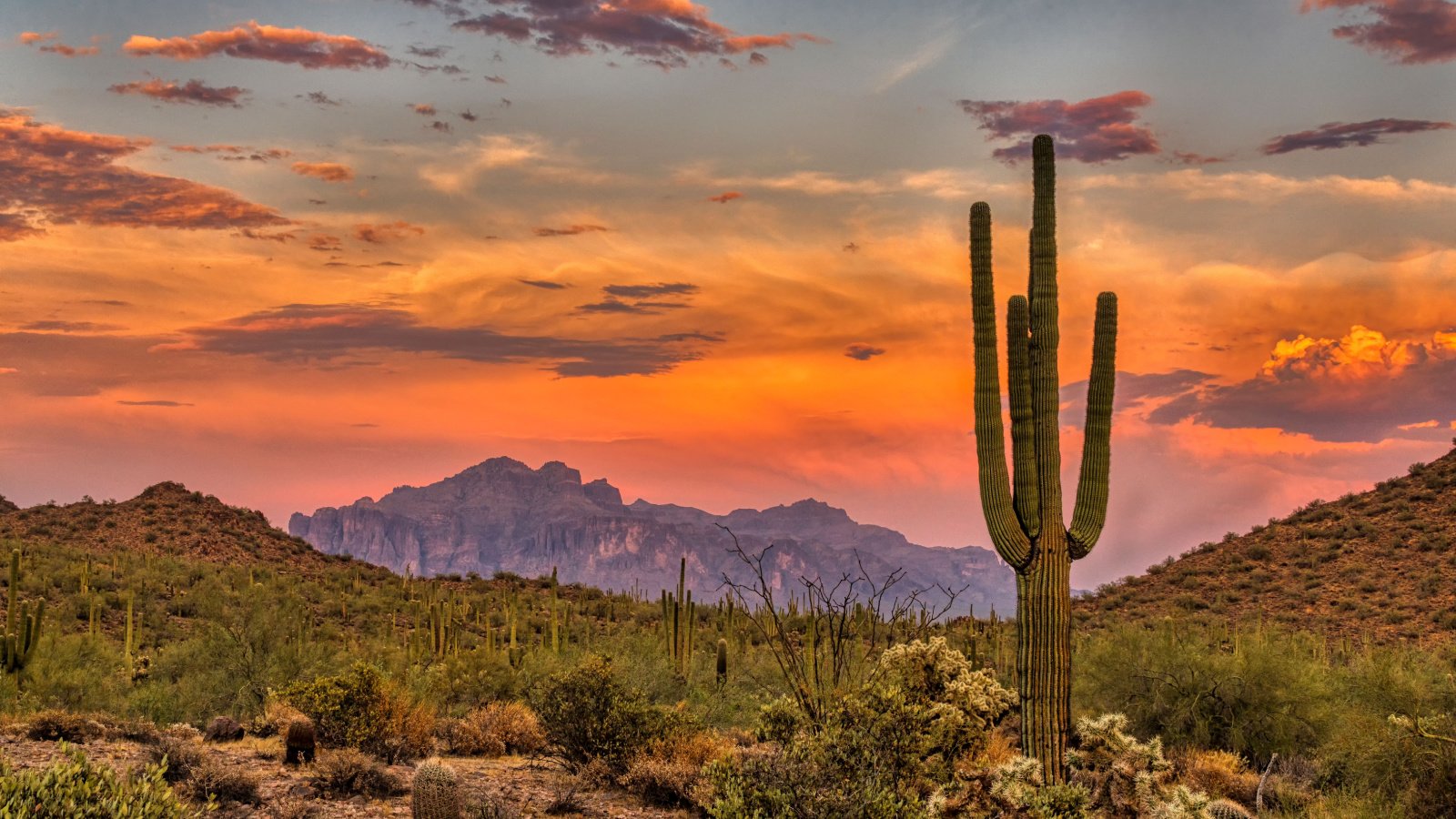
Coyotes have adapted remarkably well to human encroachment, thriving in both rural and urban settings, but this occasionally leads to conflicts with humans, particularly concerning pets and small children. Keeping pets secure and avoiding the feeding of wildlife can mitigate most risks.
Stingray: The Hidden Danger
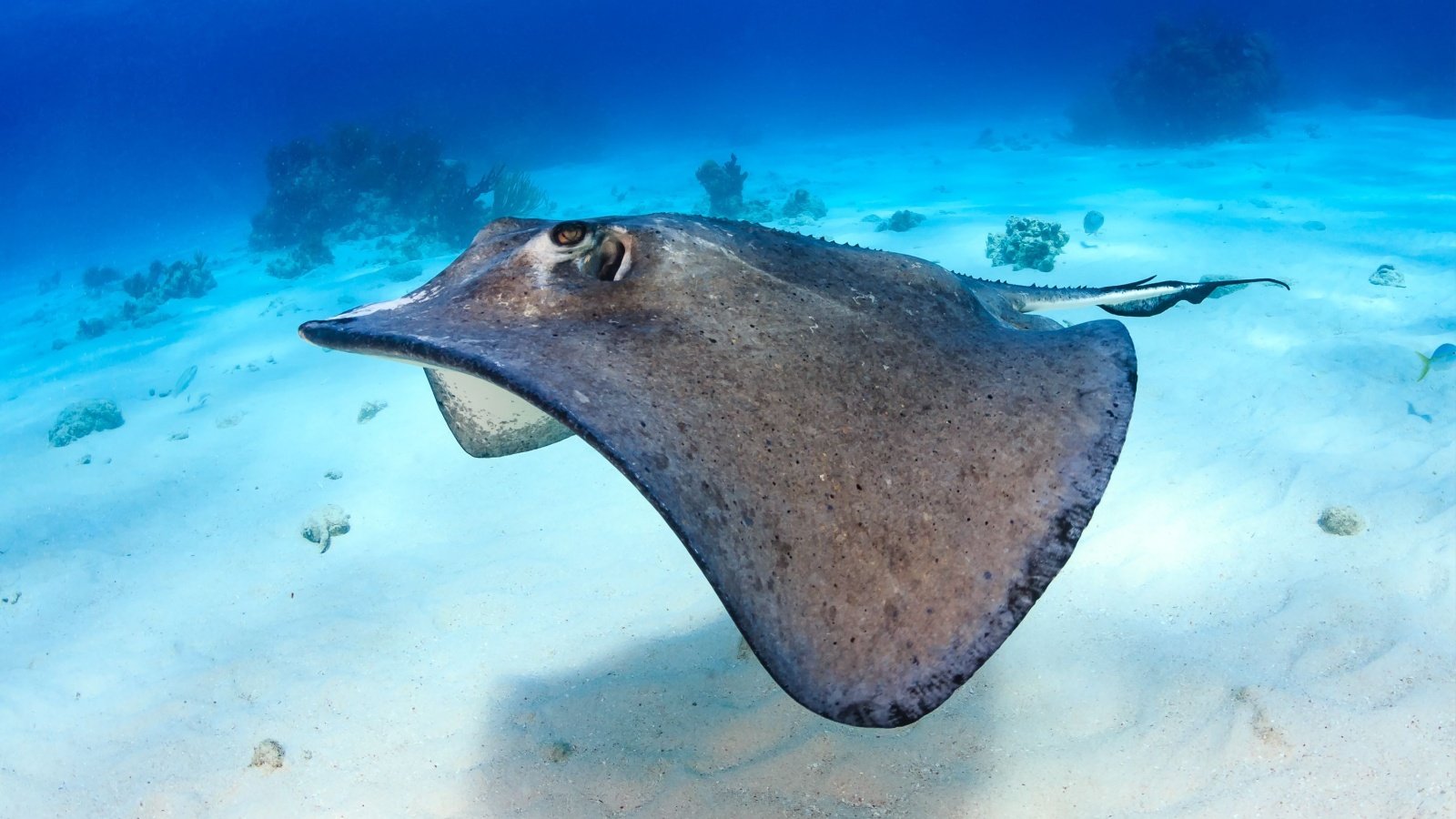
The venomous tail barb of the stingray can inflict excruciating wounds, necessitating immediate medical attention. Most stingray injuries occur when they are accidentally stepped on, prompting a defensive strike. The “stingray shuffle” can prevent unwanted encounters, alerting these shy creatures to your presence and encouraging them to swim away.
Jellyfish: The Drifting Hazard

Jellyfish drift through North America’s coastal waters. Certain species, like the Box Jellyfish, carry venom potent enough to cause severe pain, respiratory distress, and even death. Their seemingly gentle glide masks the danger of their tentacles, which can extend several feet.
Raccoon: The Mischievous Vector
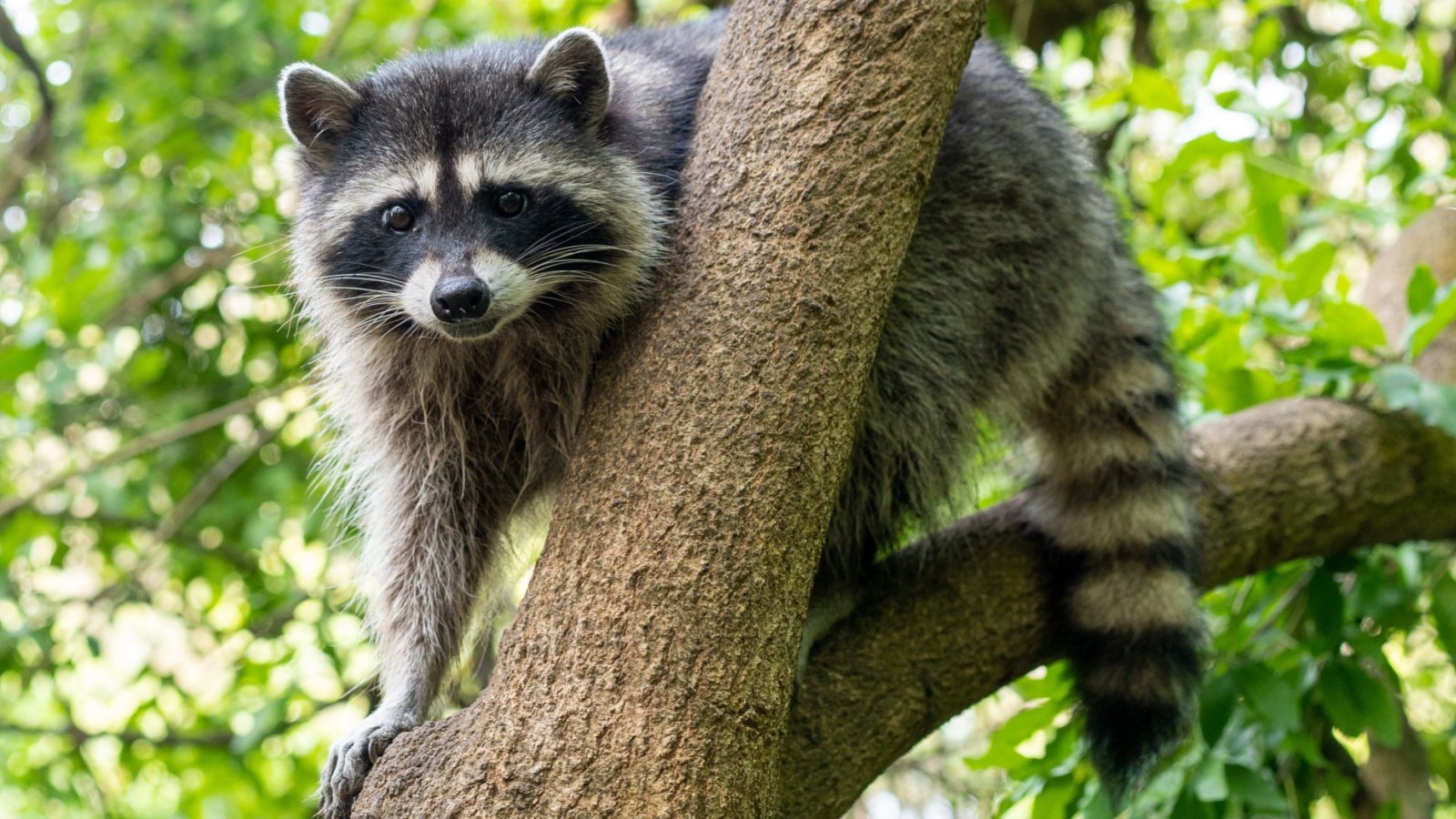
Raccoons, with their dexterous hands and curious nature, are often considered cute but can be carriers of dangerous diseases like rabies. Their scavenging behavior brings them into close contact with human habitats, increasing the potential for conflict and disease transmission.
Sowbug Killer Spider: The Unseen Assassin

The sowbug killer spider, often found lurking in gardens and damp areas, preys on insects and other spiders. Their bite can be painful and may require medical attention in rare cases. Their presence is a natural form of pest control, and they typically avoid human interaction.
Bison: The Majestic Powerhouse
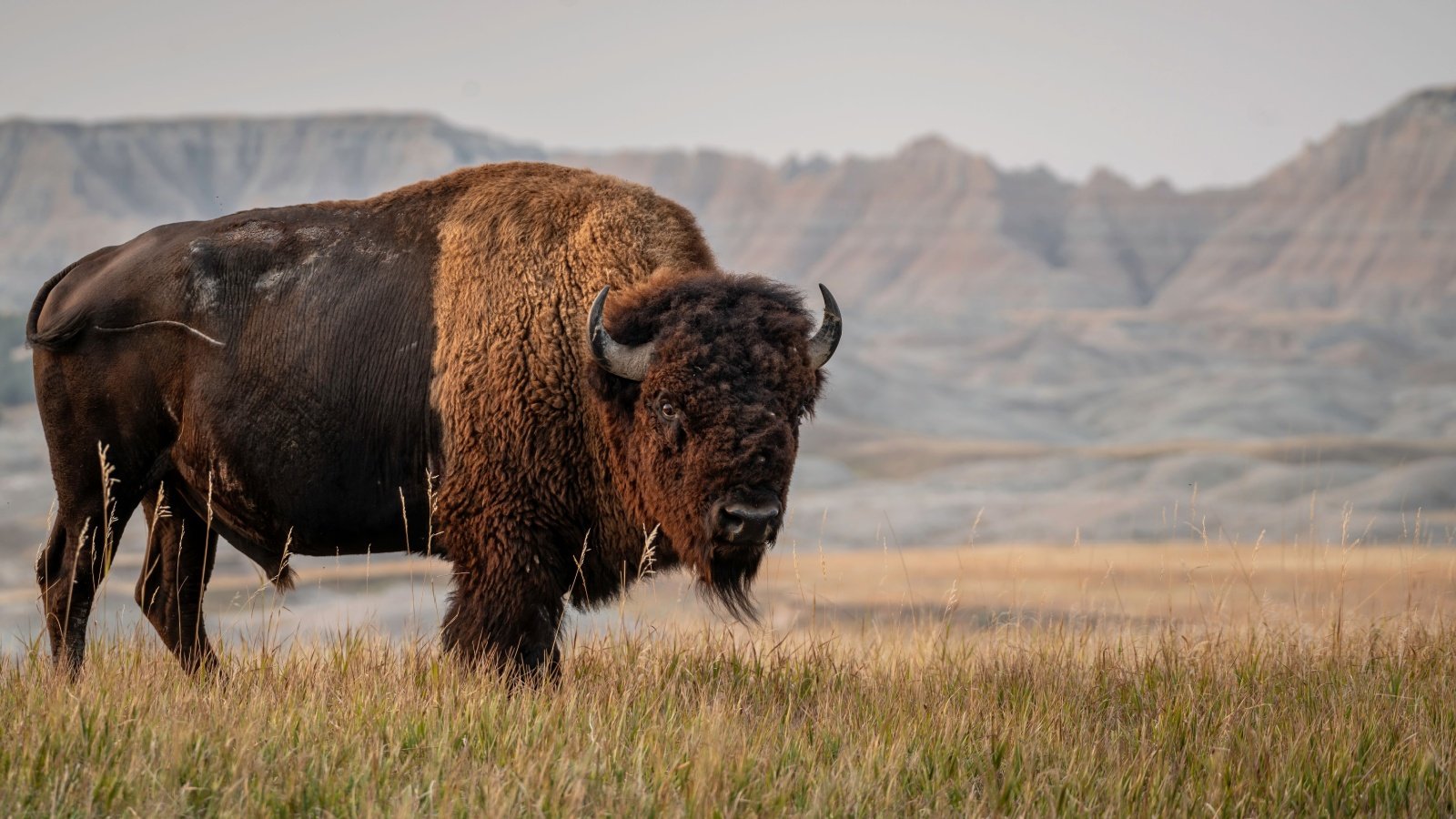
The bison, an icon of the American West, can become aggressive if provoked or during the rutting season. Tourists often underestimate the speed and power of these majestic creatures, leading to dangerous encounters. Maintaining a safe distance and respecting their space can prevent most incidents.
Elk: The Antlered Monarch

Elk roam the forests and meadows of North America. During mating season, bulls can become aggressive, posing a risk to anyone they perceive as a competitor. Their majestic appearance attracts wildlife enthusiasts, but caution is advised during close encounters. Understanding elk behavior and keeping a respectful distance can ensure safe observation.
Bobcat: The Stealthy Feline
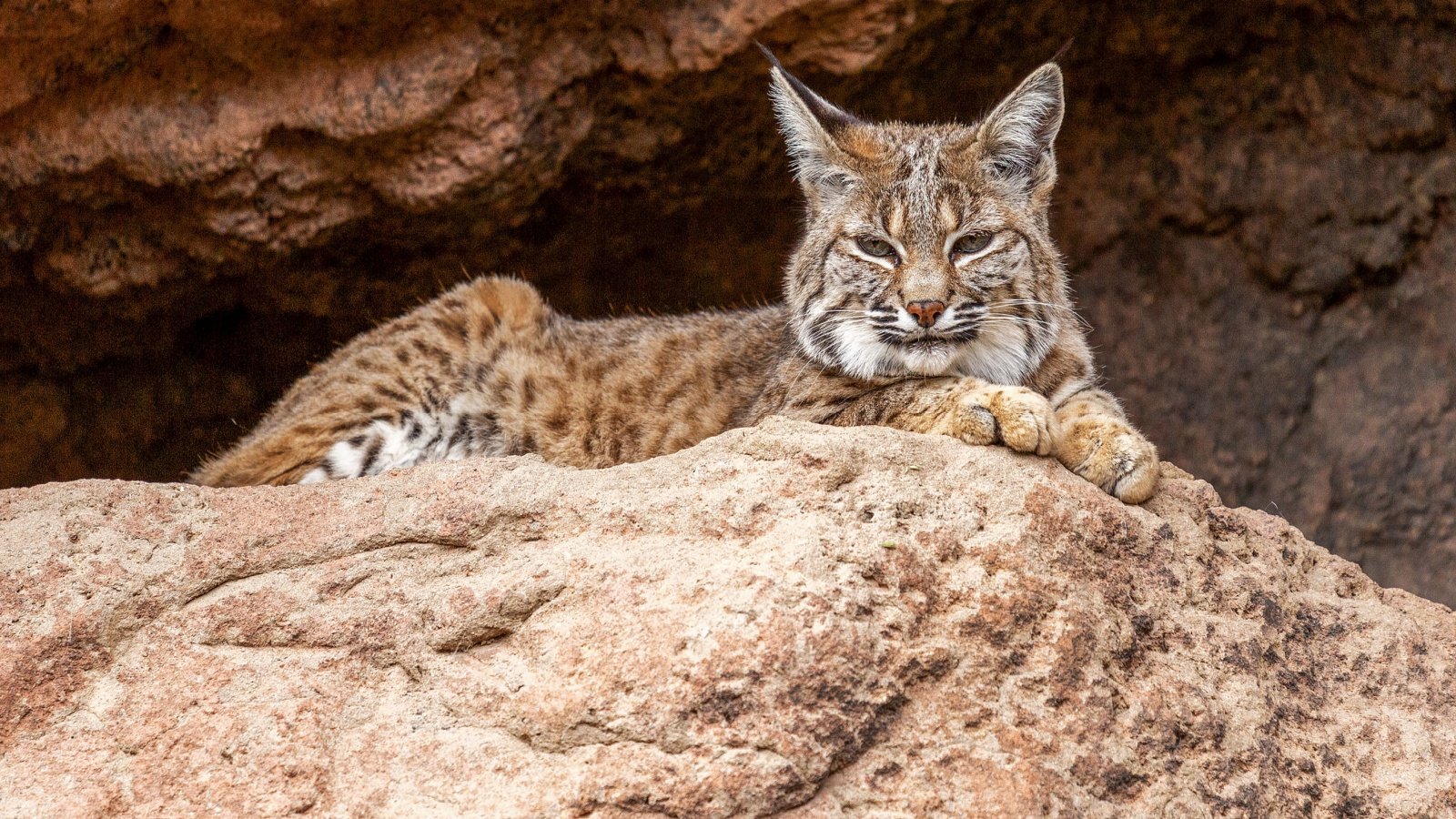
The bobcat, a smaller cousin of the mountain lion, prowls the North American wilderness with stealth and grace. While human interactions are rare and attacks even rarer, the bobcat’s predatory instincts can pose a threat under certain circumstances. Their elusive nature makes them a challenge to spot in the wild.
Fire Ant: The Swarming Menace

Fire ants, recognized by their aggressive behavior and painful stings, have spread throughout the southern United States. A single colony can contain thousands of individuals ready to defend their nest vigorously. Their stings can cause severe allergic reactions in some individuals, necessitating quick medical intervention.
Canadian Lynx: The Northern Shadow
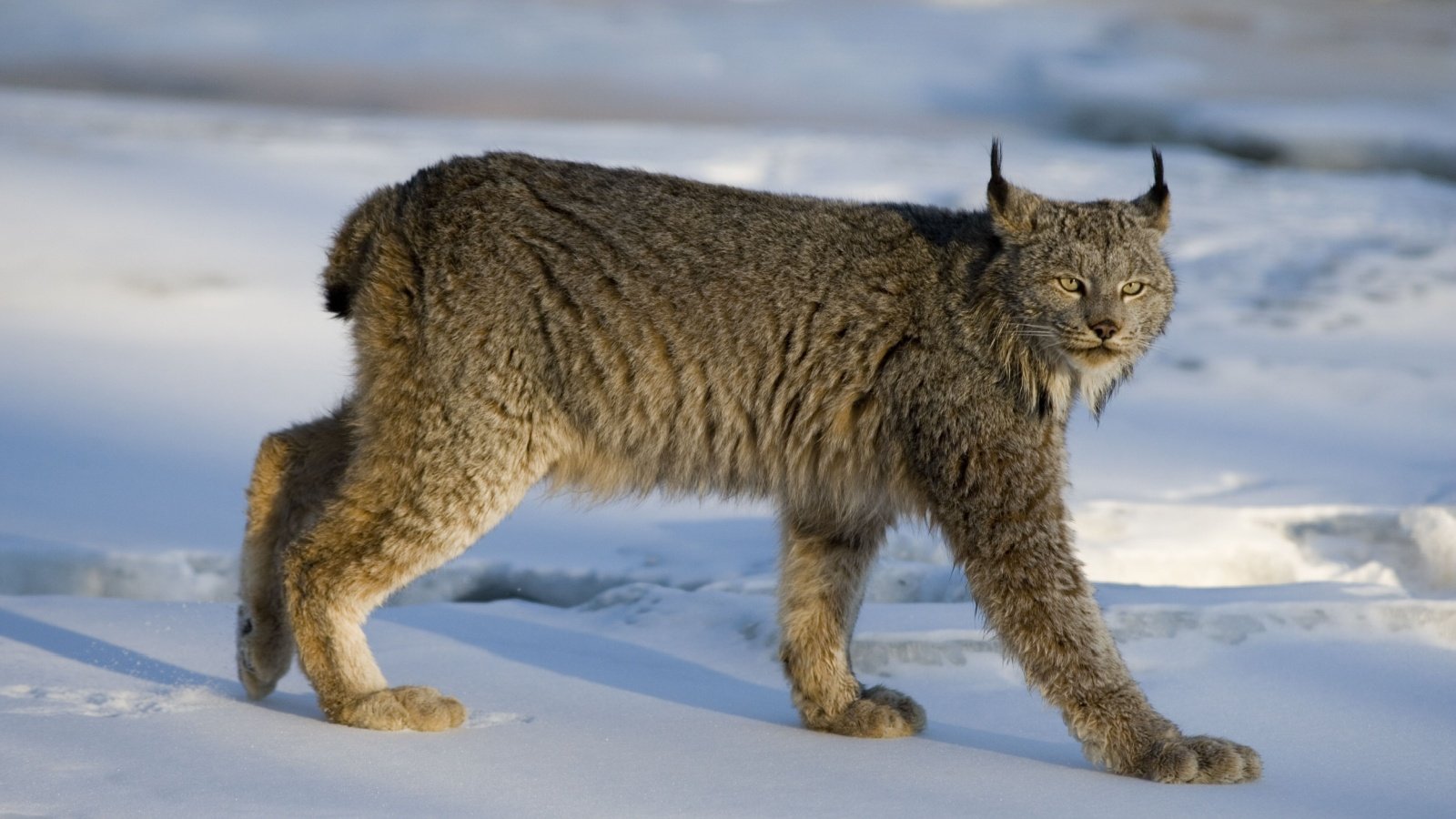
The Canadian lynx, with its tufted ears and large paws, is a master of the northern forests. Its elusive nature makes human encounters rare, but its predatory skills are evident in its ability to survive in harsh climates. Respect for their habitat and an understanding of their solitary nature can prevent most conflicts.
Brown Recluse Spider: The Hidden Bite

The brown recluse spider, known for its reclusive habits, poses a hidden danger in dark, undisturbed areas. Its venom can cause significant tissue damage, requiring medical attention. Awareness and caution in areas where they are common can prevent most bites.
Wild Boar: The Feral Invader
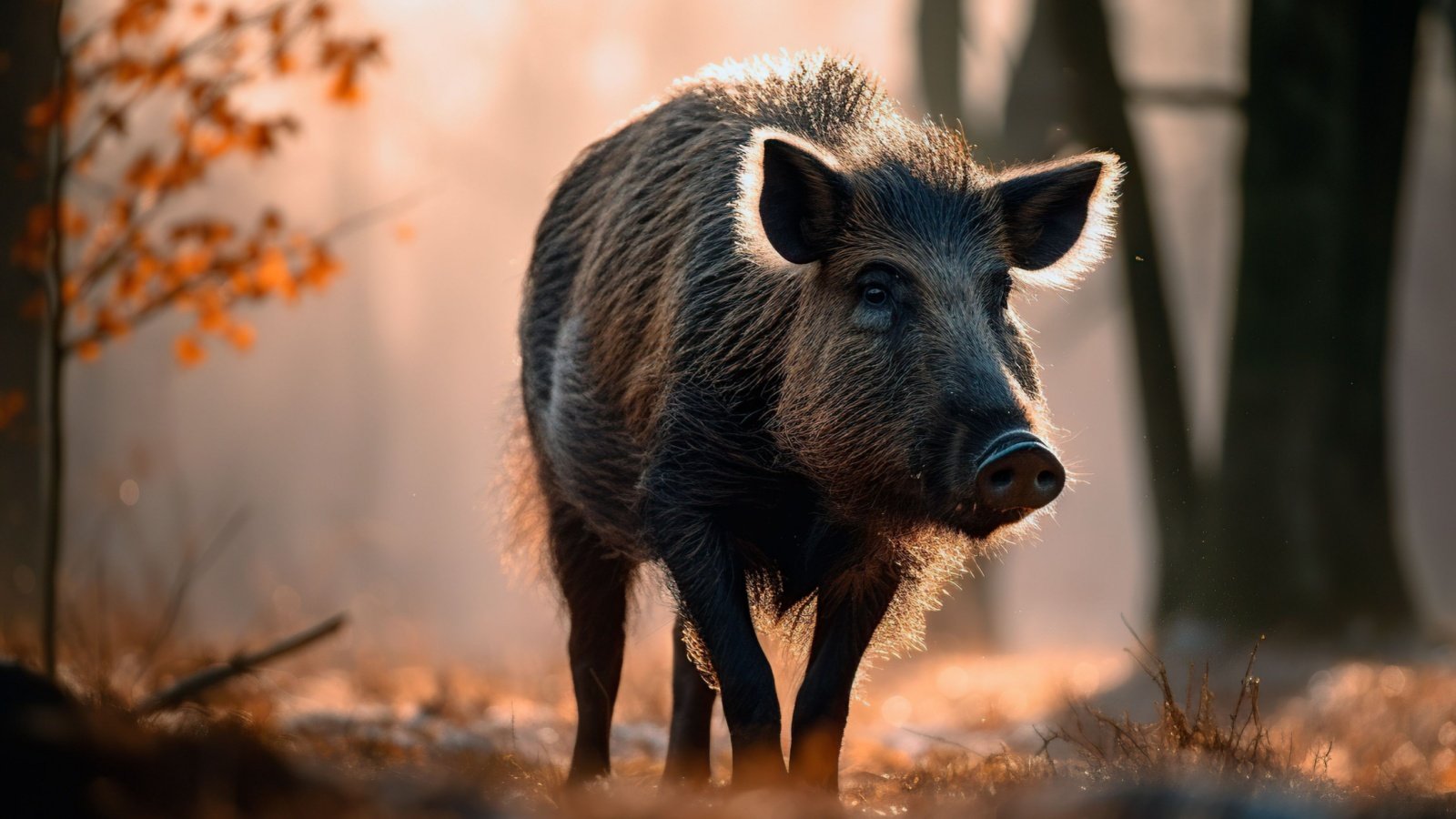
Wild boars, introduced and now feral in many parts of North America, are known for their destructive behavior and occasional aggression towards humans. Their formidable tusks and surprising speed make them a potential danger, particularly to those unaccustomed to their presence. Avoiding areas known for wild boar activity can reduce the risk of confrontation.



